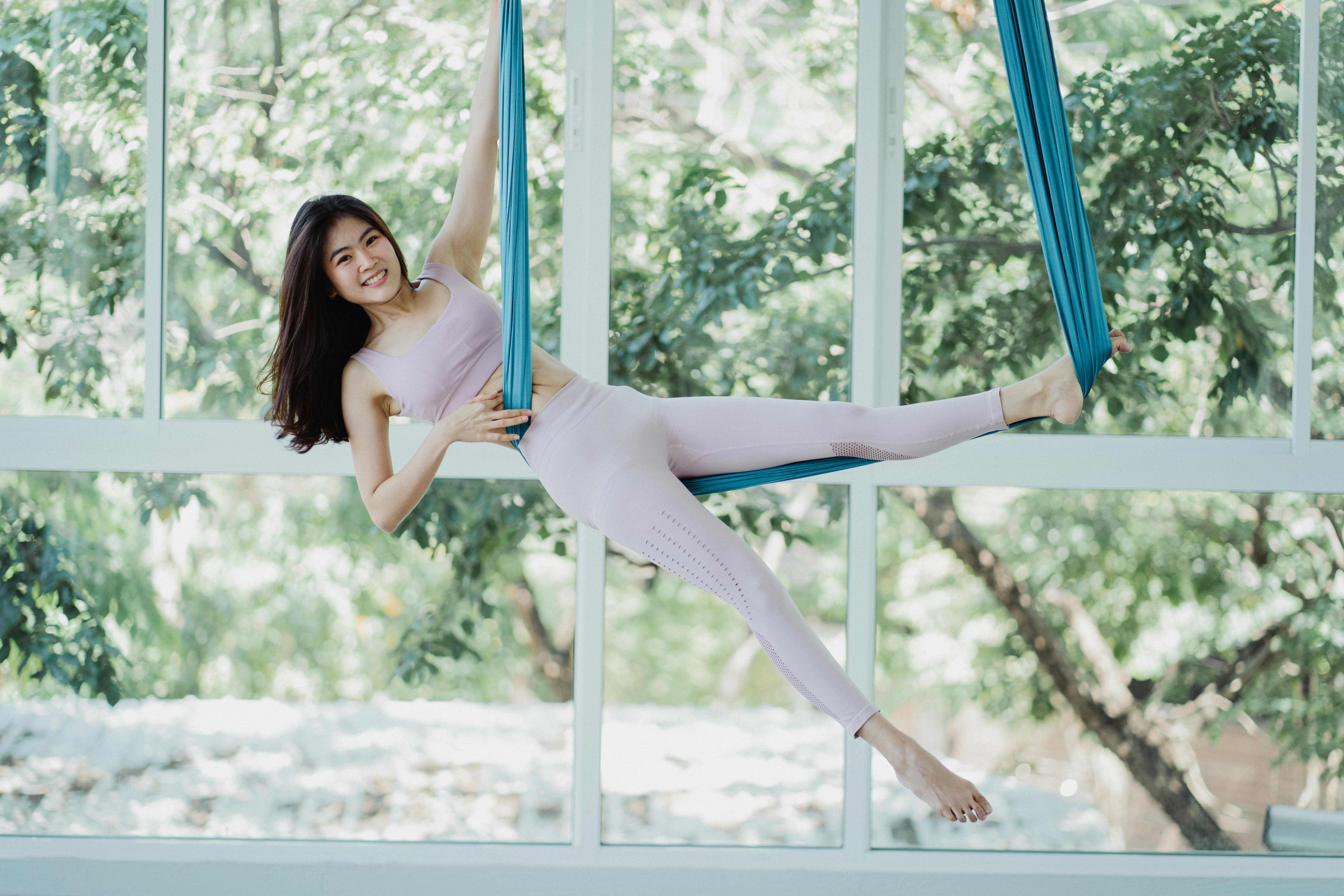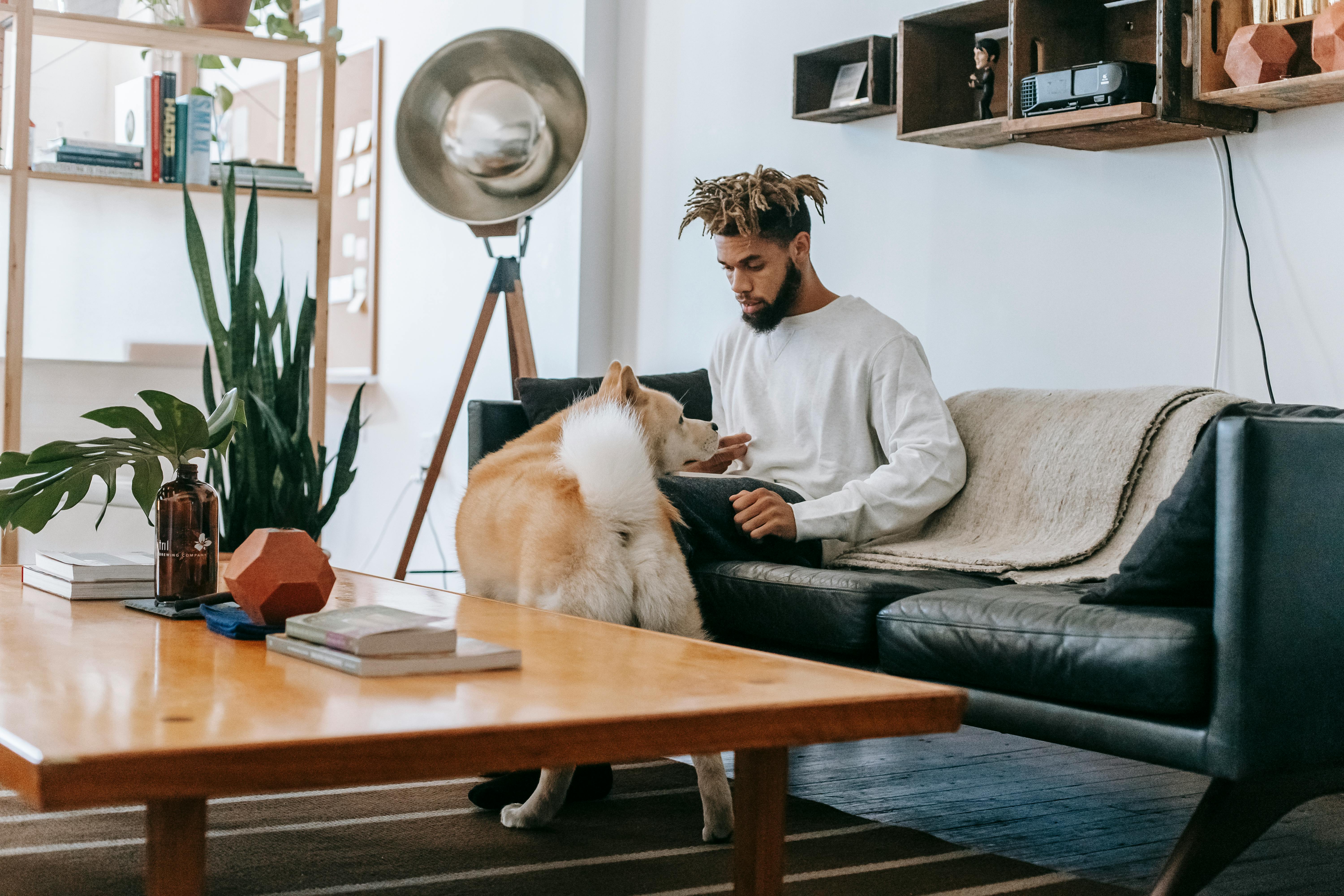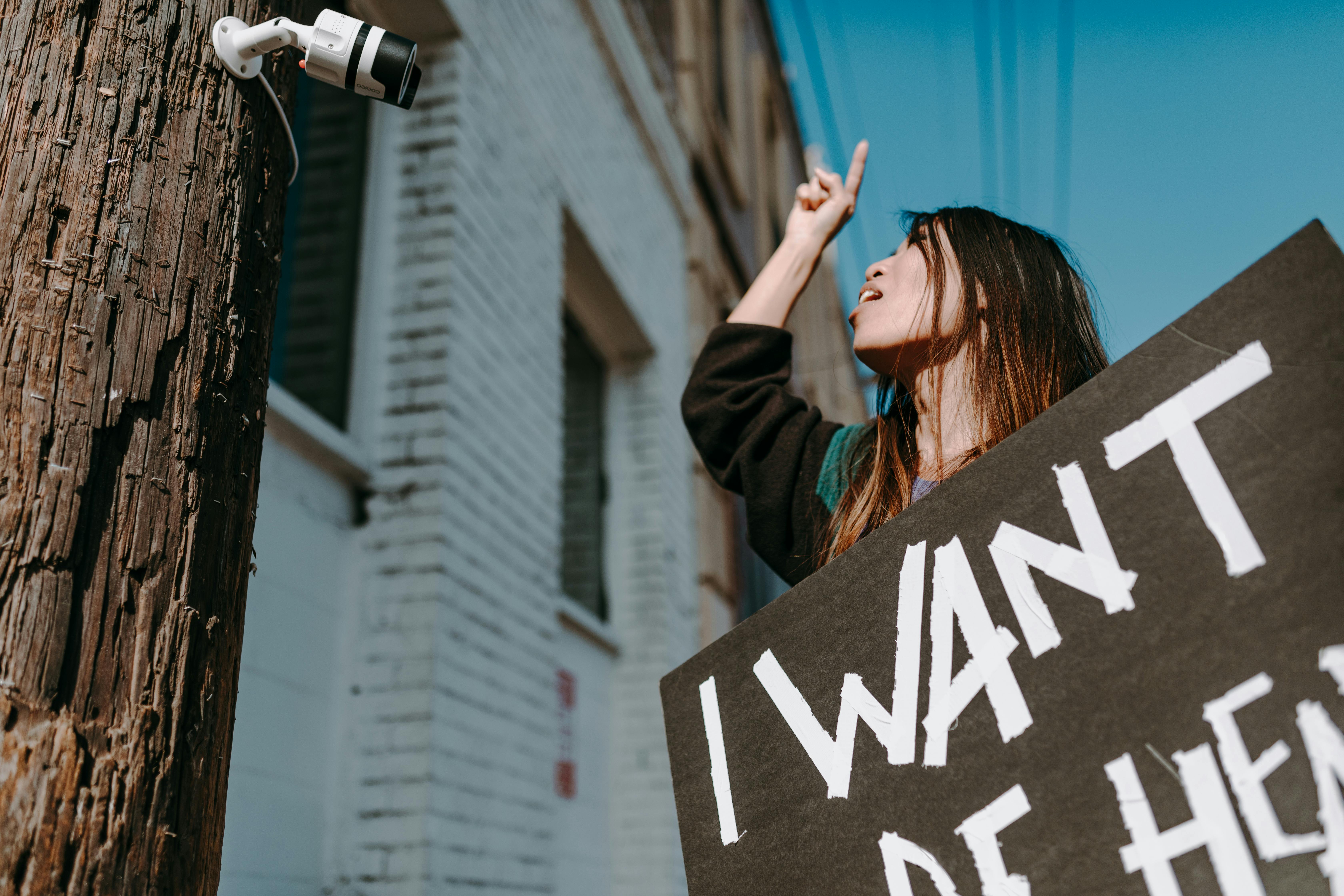
dogs and jealousy
In this article, you will find more information for each of these categories:
To understand jealousy, we need to understand emotions
When a dog is jealous
Signs that your dog is jealous
Do you think your dog has ever shown signs of jealousy?
What we do wrong with jealous dogs
Why Calming Human Behavior Doesn’t Work for Dogs
How to handle dog jealousy
How to help your dog adjust to permanent change
Building a solid package
To understand jealousy, we need to understand emotions
Understand that jealousy is a secondary emotion because it is more complex than the primary emotions of fear, anger, disgust, joy, and surprise. Primary emotions are universal and generally shared by all people. Secondary emotions are more complex because they need to be developed on a more conscious level. They are subject to individual and cultural social norms, and may express themselves in unique ways.
Stanley Coren, a dog psychologist at the University of British Columbia, wrote an article that appeared in the previous issue of Modern Dog Magazine titled “Jealousy: Dogs and the Green-Eyed Monster.”
In this article he mentions a scientist named Friederike Range, who did some experiments with dogs to assess their emotions regarding jealousy.
When a dog is jealous
Research has recently shown that dogs can feel jealousy between other dogs. Through experiments, the researchers studied two dogs in each sample that were next to each other and asked to perform the same trick, with only one dog receiving a reward.
The only dog that receives the treat reward performs the trick consistently and until the task is complete. The second dog that did not receive the treat stopped performing the trick when he realized that the dog next to him was receiving a reward for the same action.
True emotion versus behavioral conditioning
Many of the previous tests that were done involved tests and rewards based on prizes. It made me wonder: would that really be a true test of emotion? Or is it really a training exercise in operant conditioning, a form of learning that uses reward and consequence to elicit behavior?
Signs that your dog is jealous
Aggression: biting, pinching, growling at the animal, the person or the object by which the dog feels threatened.
Incontinence of urine or stool– Usually sudden and unexplained pee or poop accidents in the house, or in areas the dog has previously been trained not to go. The jealous dog may urinate or defecate on items associated with what or who is causing your dog to be jealous.
Aggressive behavior – Your dog may react clingy and want more attention from you. Your dog may interfere with your getting close to who or what is causing the jealousy. Dogs have been known to get in the middle of hugs or push the other animal being petted by the owner when they feel jealous. It’s common to feel like your dog is harassing you when he’s jealous.
Retired – This is a more docile expression of jealousy in some dogs. You may notice your dog becoming indifferent or leaving the room when the object, person, or animal causing jealousy is nearby. This type of maladaptive behavior can be passed on as your dog takes time to get used to the new change. However, if not detected and corrected gently and in time, this could cause your dog to become depressed.
What we do wrong with jealous dogs
Let’s face it: the average person with a dog is not a professional dog trainer. They have a companion dog. They haven’t studied dog behavior for countless hours and haven’t dedicated their careers to correcting dog manners and behavior. That’s totally fine, because many non-professionals are still looking for answers and wondering how to improve.
So when a typical person feels their dog is showing potential signs of jealousy, it can indirectly reinforce negative behavior. Because when a dog becomes more insistent in seeking attention, more clingy, more demanding, like humans, he tends to:
hug the dog
Speak to the dog in a high-pitched, baby-like voice.
Give the dog more attention than usual
Allow further leniency on already established rules or limits
It’s easy to see why we do one or all of these things. It’s reassuring to us as people. So we assumed our dog would find it comforting too. However, from a behavioral point of view, these things are not very comforting to the dog, when interpreted by the canine mind.
Why Calming Human Behavior Doesn’t Work for Dogs
All that caring, comforting voice, though useful to humans because we can empathize with the social context of other humans and really understand their words.
A dog does not have that social complexity or the ability to decode our language.
How to handle dog jealousy
Do you think your dog might be showing signs of jealousy? It’s time to really think about his treatment approach. If you’re just trying to raise your dogs new jealous behaviors as they come up, you’re not addressing the core issue and not helping you or your dog adjust in the long run.
You want to try to analyze the situation as best you can. Why do you think your dog is experiencing these feelings? New fart? New companion? New baby? Some situations are not permanent. For example, you are a pet sitter for a friend or neighbor. Your dog is jealous of the “new” and different pet you are temporarily taking care of. Your dog won’t understand that this is temporary, no matter how much you reassure him. They will realize only with time.
For temporary situations, you want to keep the current schedule you already have as much as possible. Try not to give your dog too much affection or reassurance. Instead of validating their feelings of jealousy over the change, he wants them to see that he is accepting the new responsibility. You’re saying body language to a dog, “I still love you, you’re important, but I have these other responsibilities to do, too.”
How to help your dog adjust to permanent change
If you’re facing a big permanent change, you’ll need to consider your dog’s schedule and how you want to maintain the routine. Try to groom your dog if you can. And offer a few extra treats for his good behavior, but don’t overdo the hugs.
If you can’t keep up the new doses of attention and fuss, and fade away with all the treats, hugs, and kisses within 3 days, you’ll sabotage your plan to help your dogs cope with this life change.
Make your changes manageable and consistent and still provide affection.
Groom your dog if possible – New family pet or baby? Bring home items that have been worn by the pet or baby, unwashed, and allow your dog to sniff the clothing, fabric, or other items. Then place the items or clothing in the newcomer’s area with “owns,” the new pet’s bed, or the new babies’ crib.
feed your dog – just as on time as before. This helps show consistency and relieves your dog’s stress and anxiety, because your dog will know that his survival will be maintained.
Walk your dog – Just as punctual as before. Again, it helps with consistency so your dog can adjust to the new changes.
Find time to pass the time– with your dog that’s reasonable. Don’t overdo it. Do not smooth your dog. Make your new schedule realistic. Show your dog what your expectation is. Give your dog an extra 10 minutes a day to relax with you or to play a discreet game indoors. Spending one-on-one time with your dog shows her that she still loves him and that she still wants to take care of him.
Take care of yourself – Regardless of what you decide for the schedule, take some time for yourself, every day. Do not burn yourself. Taking care of a new pet or a new baby takes a lot of time. Leave much less time for yourself. So you need to make time for yourself to recharge. You can take better care of others when you have taken care of yourself too!
Building a solid package
When you and your dog experience big and small changes together and adapt to the changes, you make your pack that much stronger. Stay the course and let the challenges become a mere memory while you enjoy the present and others look forward to many more better times ahead.








